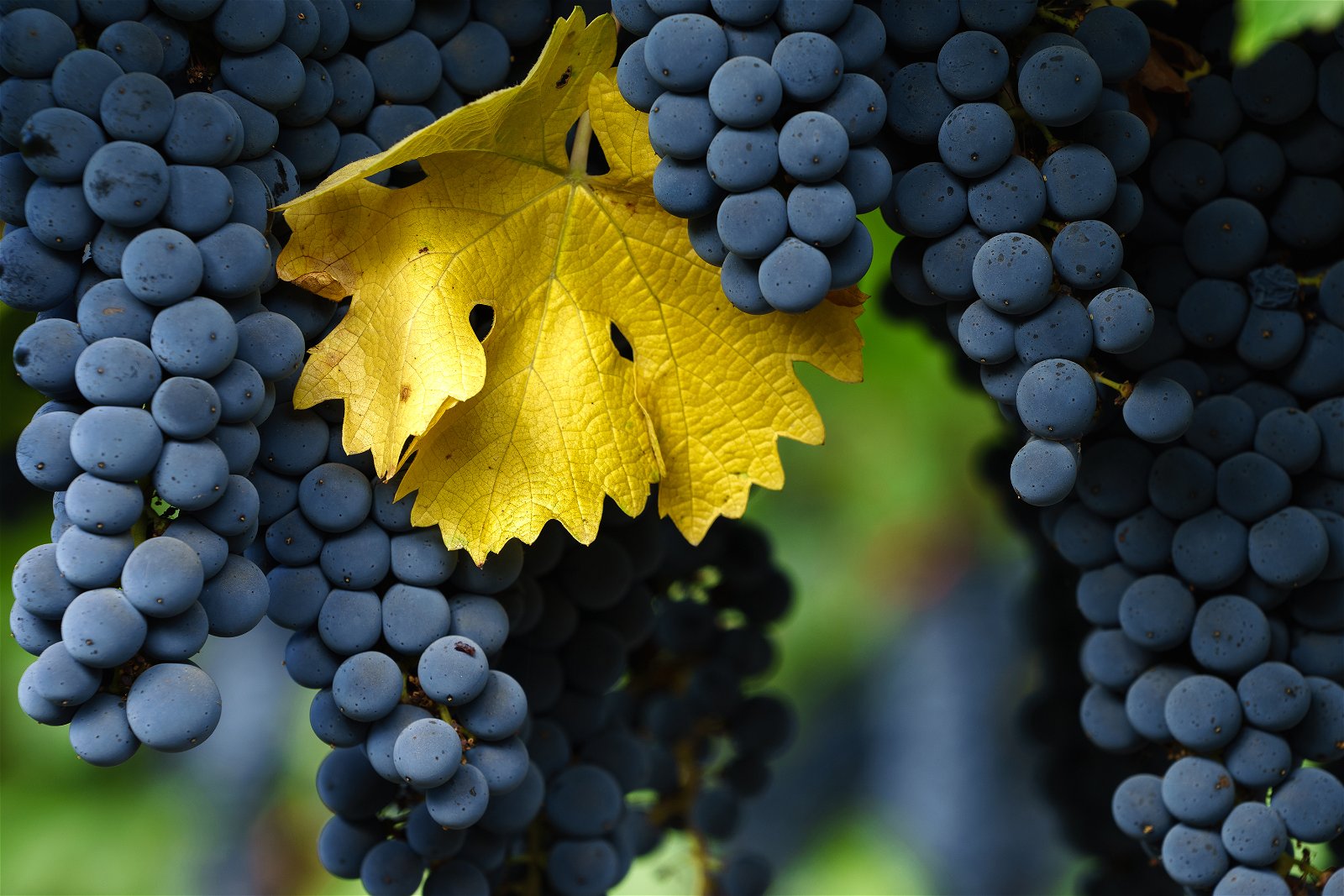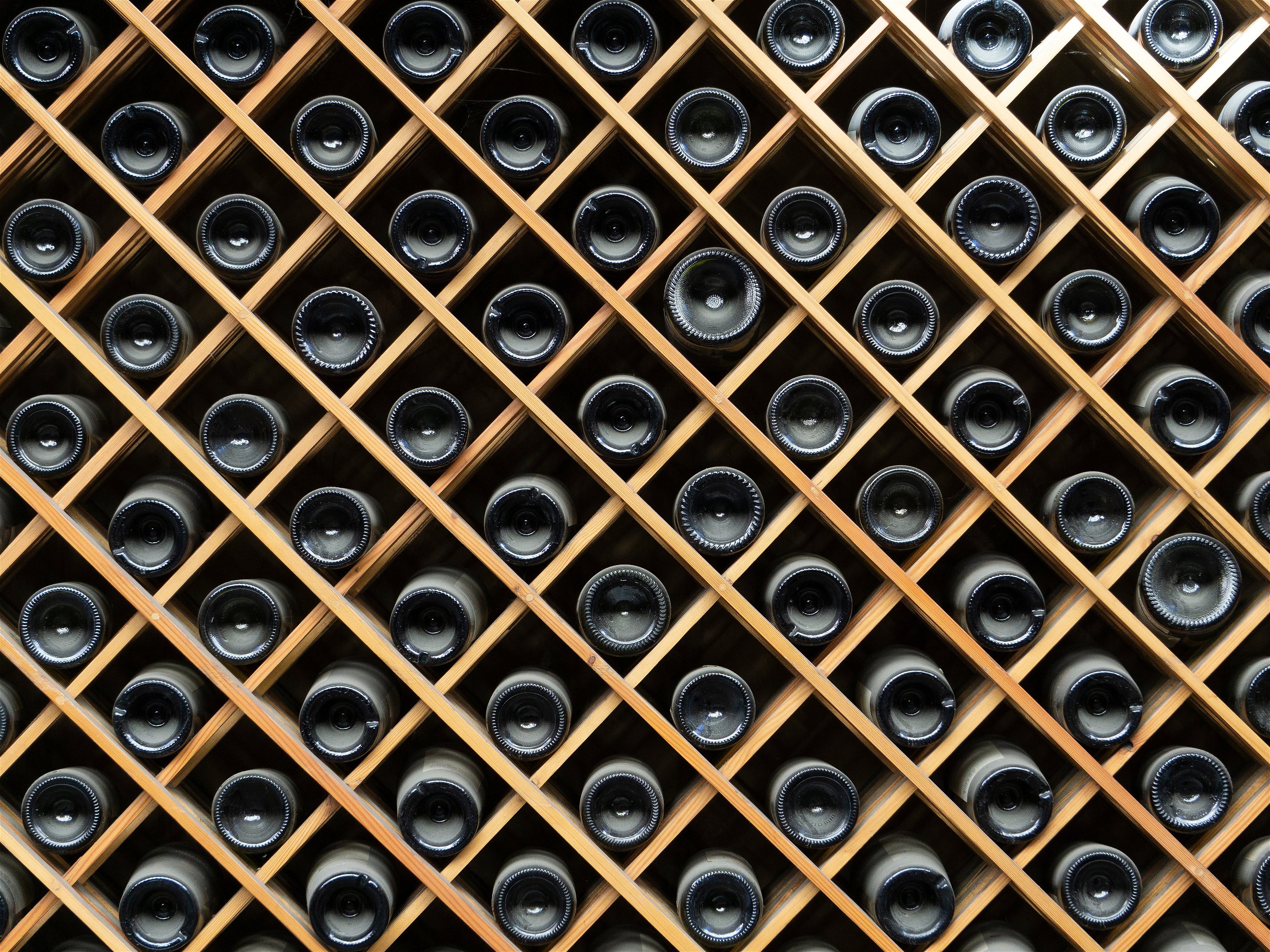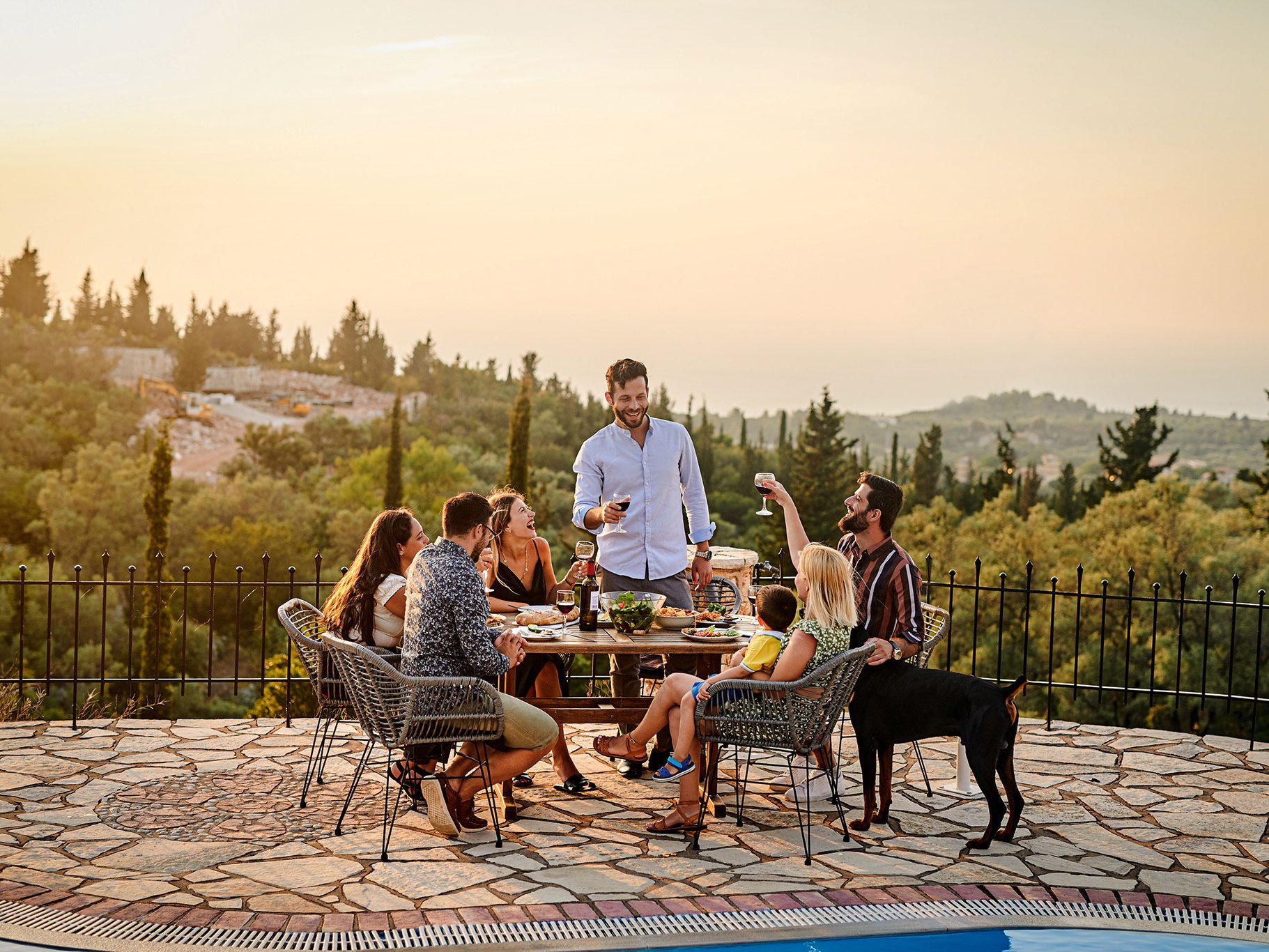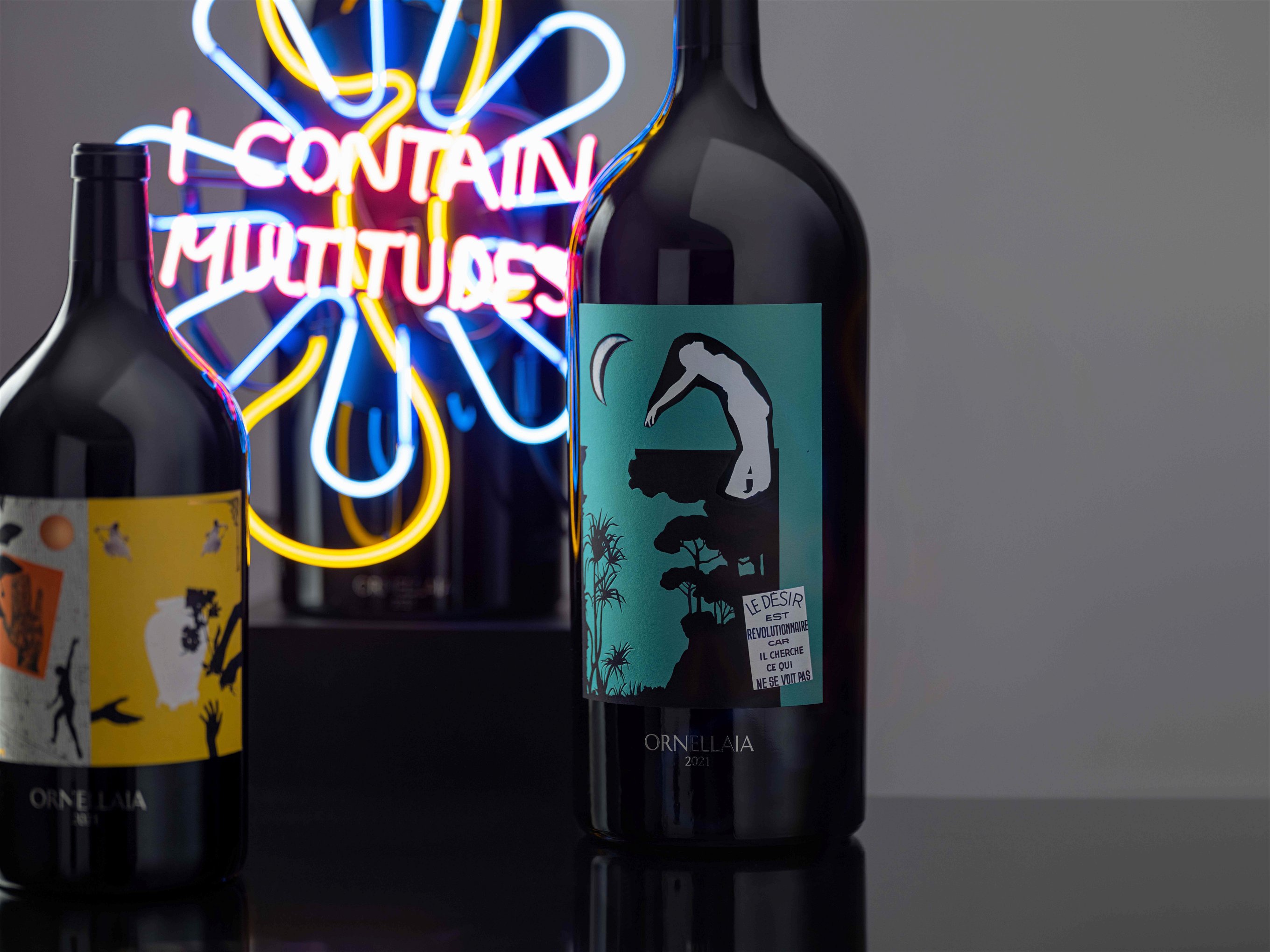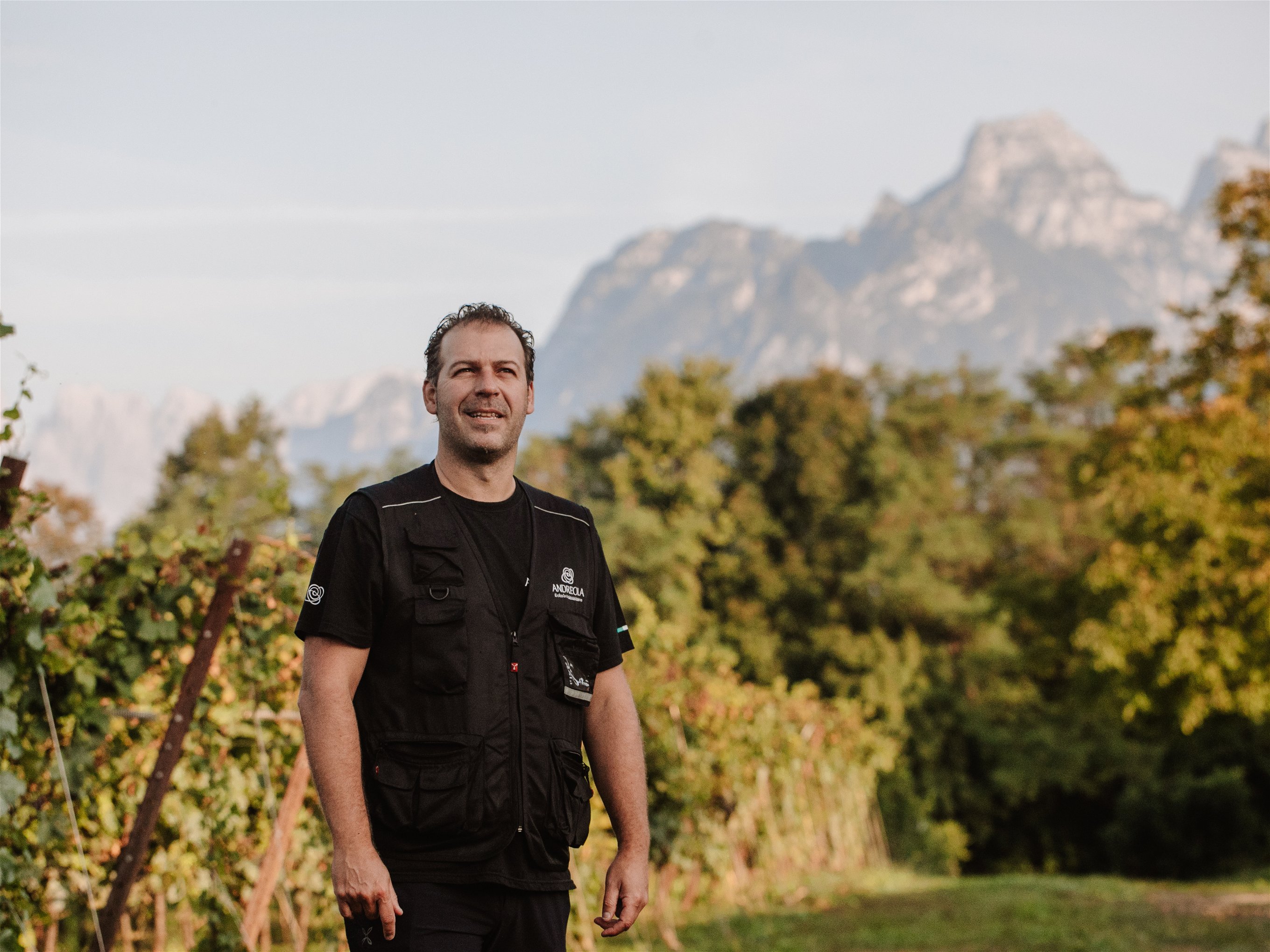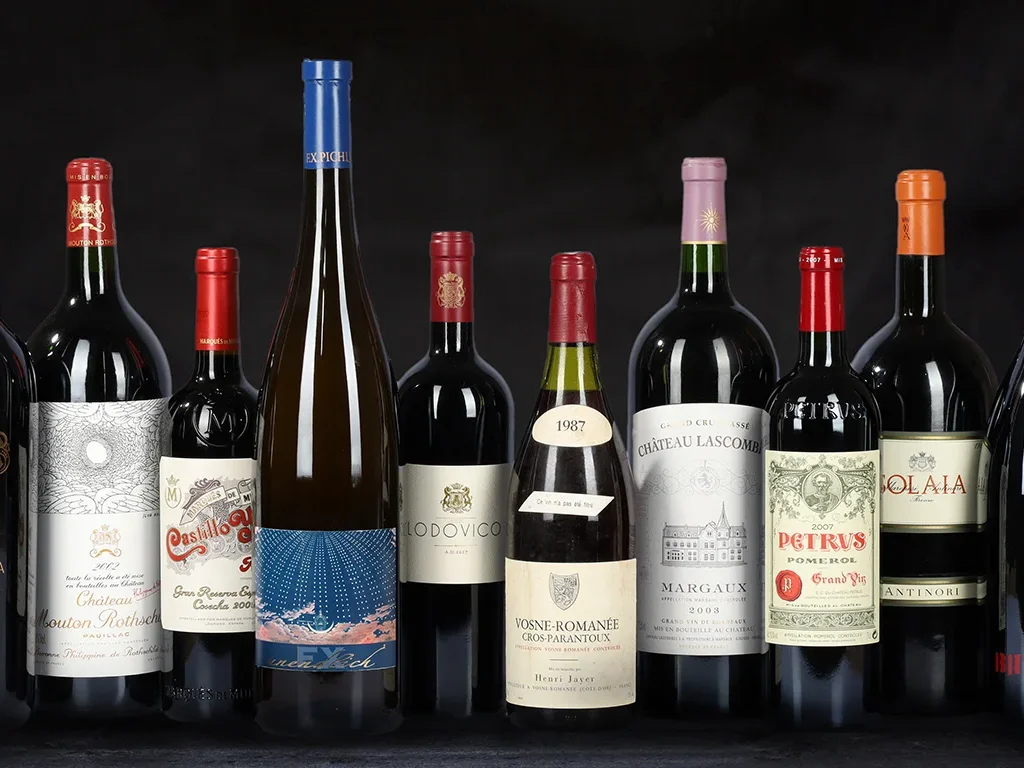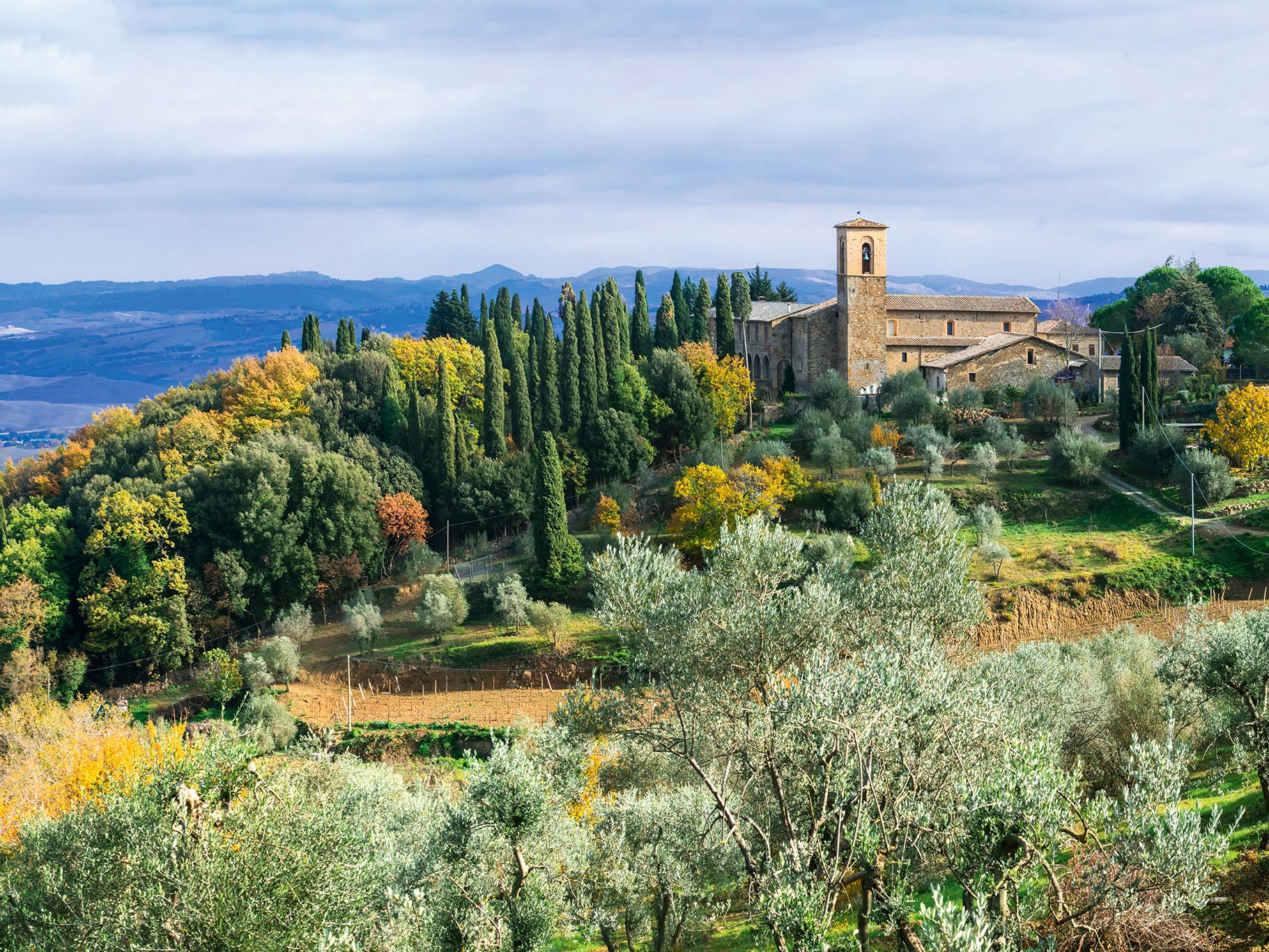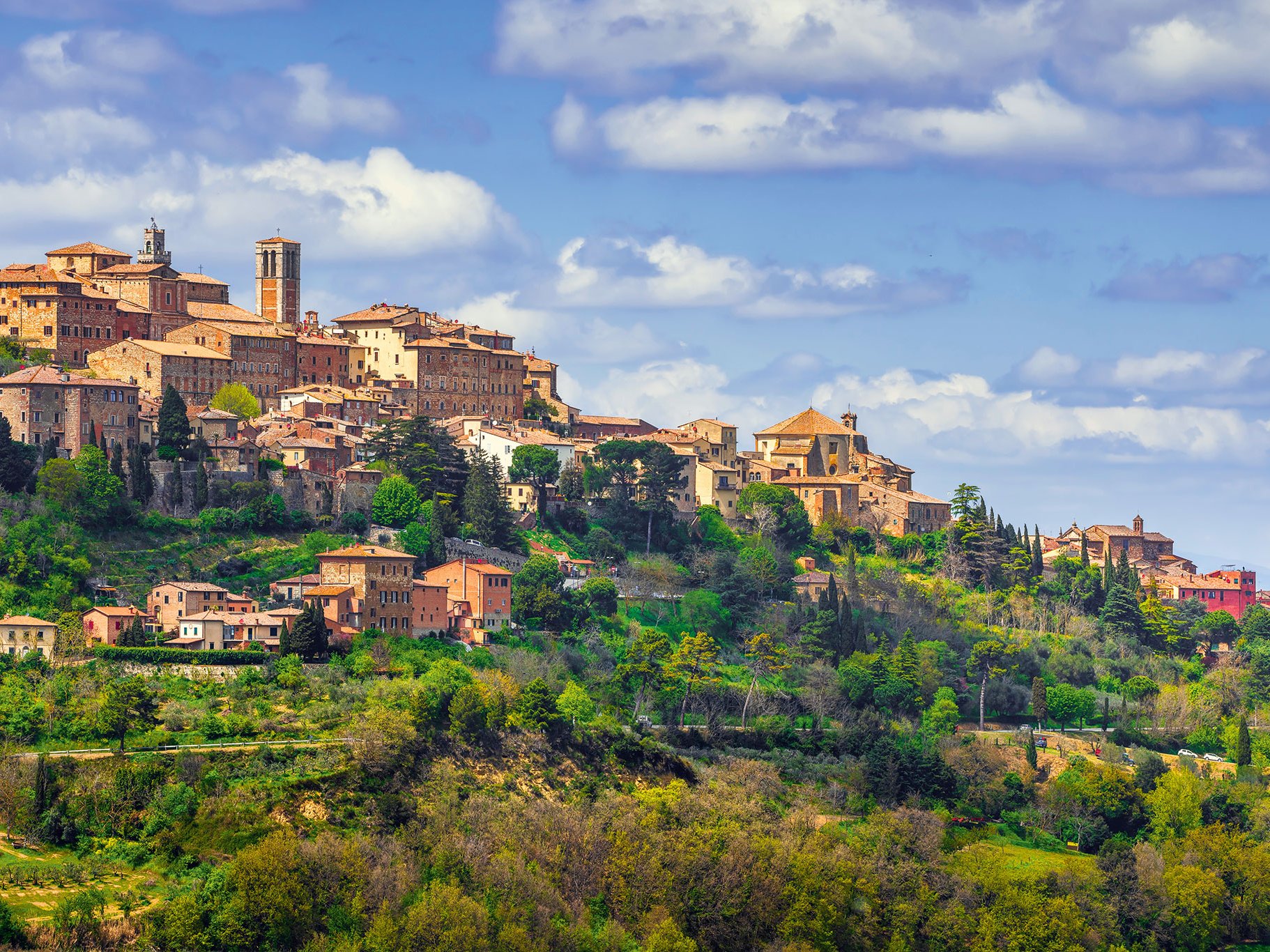Like few other grape varieties, Cabernet Sauvignon is a globetrotter; there is hardly a renowned wine-growing region that does not have at least a few hectares of this variety. Its origins lie in Bordeaux, where it is thought to have arisen sometime before the middle of the 18th century from a natural spontaneous crossing of Cabernet Franc and Sauvignon Blanc. The first authoritative notes on Cabernet Sauvignon are found between 1763 and 1777 in Libourne. Cabernet Sauvignon feels at home on many soils, although it perhaps finds its most beautiful and elegant form on the pebbly soils of the Haut-Médoc. Its problem is ripeness: if it is harvested in cooler regions before the stage of full ripeness, it develops thoroughly grassy aromas and flavours reminiscent of pepper and green peppers. In warm regions, on the other hand, such as Australia or California, the otherwise tannin-rich and acidic variety appears rather velvety and smooth. Cellar masters also particularly appreciate the fact that Cabernet Sauvignon reacts well to many types of ageing, from steel tanks to large old wooden barrels to new small oak barrels. Unfortunately, Cabernet Sauvignon is very susceptible to fungal diseases and downy mildew, and the wood can also die as a result of diseases. However, it survives winter frosts well. Cabernet Sauvignon produces a wide range of wine styles, from simple wines to more sophisticated and demanding qualities to absolute premium wines. In Bordeaux, it achieves its best results on the left bank of the Gironde in the Haut-Médoc together with Cabernet Franc and Merlot with highly elegant and very complex and long-lasting wines. The New World, however, counters with top Cabernets from California, Chile, Argentina and, of course, Australia. Those from South Africa and New Zealand have also grown considerably in class and represent serious competition to the wines from Bordeaux. In the meantime, Cabernet Sauvignon has also become widespread in Eastern Europe.
This grape variety is also known by the name of:
Bordaoux, Bordeaux, Caberne, Caberne Sovinion, Cabernet Sauvignon, Bouche, Bouchet Sauvignon, Bourdeos Tinto, Burdeos Tinto, Cabernet Sauvignon Black, Cabernet Petit, Cabernet Sauvignon Blauer, Cabernet Piccolo, Cabernet Sauvignon Cl. R5, Cabernet Sauvignon Noir, Cabernet Sauvignon Crni, Cabernet Sauvignon Nero, Cabernet Sauvignon Petit, Epicier Noir, Castet, Bouschet Sauvignon, Kaberne Sovinyon, Kaberne Sovinon, Kaberne Sovinjon, Kabernet Suvinjon, Lafet, Lafit, Dzanati, Lafite, Petit Bouschet, Petit Cabernet, Petit Cavernet Sauvignon, Marchoupet, Navarre, Petit Bouchet, Melkii Chernyi, Petit Vidure, Petit-Bouchet, Petite Parde, Menut, Sauvignonne, Vaucluse, Sauvignon Rouge, Vidure Sauvignonne, Vidure Sauvignon, Vidure, Vidure Petite
